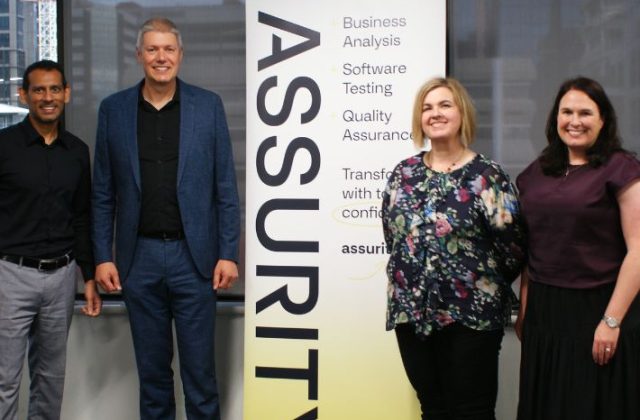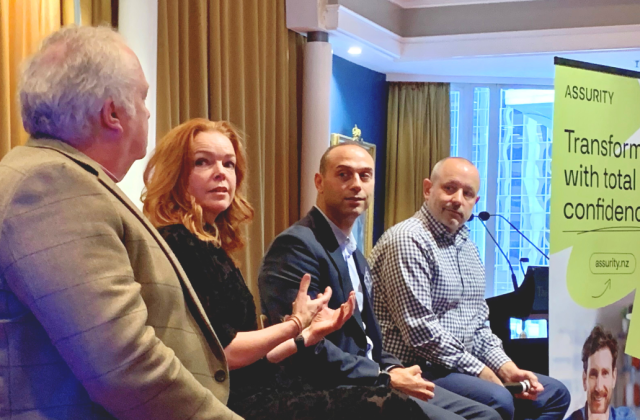Date: 22 December 2021
Recently I co-presented a webinar with Al Shalloway: “Make your Strategy work”.
The problem we often see is that within organisations we work with, the senior leadership or product teams spend a significant time creating the strategy which is then passed to the teams to execute on it. There tends to be frustration that much of the context of the mission is lost and the visibility of the changing needs of the end customer isn’t clear. On the other hand, those same strategists have difficulty in understanding the progress of the delivery and managing risks. In our current environment, it is difficult to govern agile teams effectively.
Using the thinking of Value Stream Management and Systems thinking, that Al has created, enables us to approach this problem differently.
This article will explore several concepts as a summary.
WHY?
Regardless of the specifics of any strategy, there are general principles that would apply to any agile improvement project.
- Rapid value delivery of the right products and services
- Responsiveness to changes in the market
- Efficient implementation and delivery
- Awareness and management of risks
- Increased predictability of value delivery
I struggle to remember in any improvement initiative that I have been involved in that these have been explicitly stated. Often when I ask why a client wishes to ‘go agile’ the response is about going faster, which isn’t quite the same as delivering value sooner. I rarely hear about the other aspects, except perhaps a reference to efficiency.
CONSUMED VALUE?
When is the work done? When the software is coded, tested, perhaps when it’s deployed? The answer is when the product is consumed by the end user. This is a common misunderstanding and can indicate local thinking, rather than systems thinking. Eli Goldratt was emphatic on this as if the end user hasn’t yet consumed your product or service, it would inevitably mean an increase in inventory. While in the IT sector we don’t deliver physical goods, the same applies as effort to create value, if not realised, ends up being a liability on the balance sheet.
Goldratt also argues to reduce batch sizes to stabalise a system:
“Working in small batches is sometimes all that is needed to bring the system under control.”
INHERENT PROBLEM
Most organisations are structured with an executive accountable for a department or function of the organisation. In turn, they will have General Managers who attend to their cost centre. The problem is that the value is created across the organisation and there might be a tendency to locally optimise and not think of the system as a whole. Having decision latency in each stage is another cause of project delay.
“Traditionally managers spend all their time managing people rather than managing value. A new way to approach this is through thinking about the flow through the value stream. This is neither top-down nor bottom-up.”
SYSTEMS THINKING
Another way to view the inherent problem is that managers tend to think in their silo rather than the entire system. Systems Thinking was described brilliantly by Dr. Russ Ackhoff, in the video here: https://www.youtube.com/watch?v=OqEeIG8aPPk&t=148s
In summary, it is the interactions between the components in the system that determine its performance rather than their individual performance. Additionally if one were to optimise locally, or one part of the system, then it is usual to see a sub optimisation of the system as a whole.
IN PRACTICE
Many organisations, especially those familiar with Lean principles may assess their throughput through value stream mapping, which can identify constraints. Experience in means it can be a long-drawn-out exercise with the main difficulty in getting contributors from throughout the organisation.
“Another approach is to use the Pareto principle and use an Idealised Value Stream, which is relevant to 80% of organisations and likely to rapidly identify key constraints in the flow of value creation. From this an improvement backlog could be created, and if there is sufficient appetite a full Value Stream Mapping workshop afterward once improvements are being made.”
This webinar covered many other ideas and concepts and I warmly recommend you watch it and consider how you might be able to visualise and then optimise the flow of value through your own organisation.
Several books were mentioned during the talk, here is a list:
- The Agile of Agile, Stephen Denning
- The Choice, Eli Goldratt
- Timeless Way of Building, Christopher Alexander
- The Obstacle is the Way, Ryan Holiday












